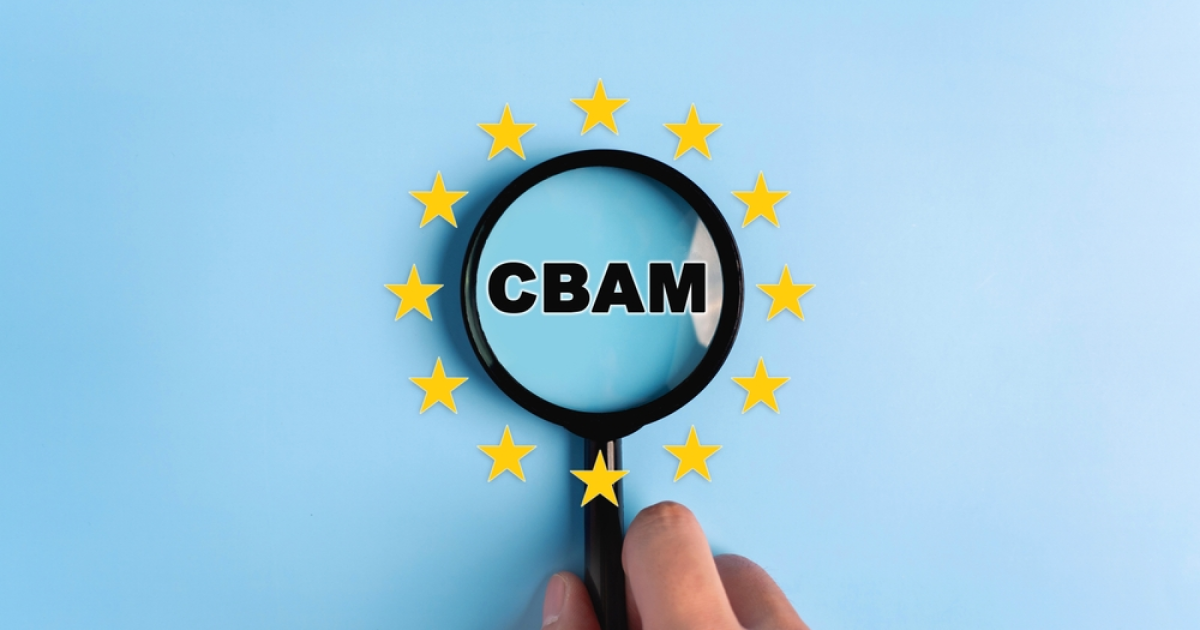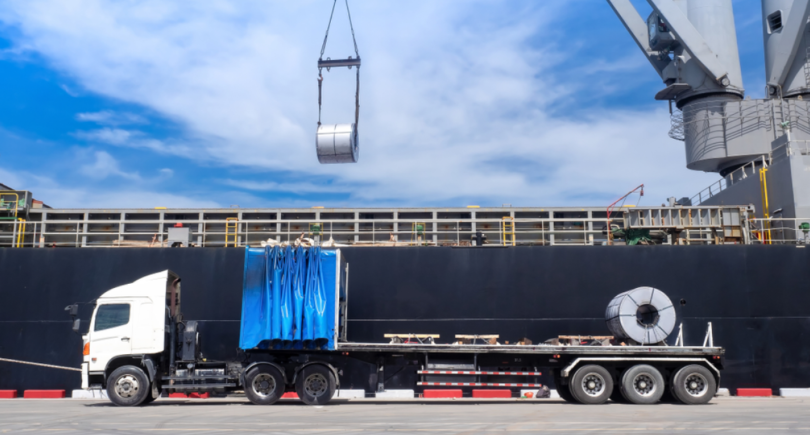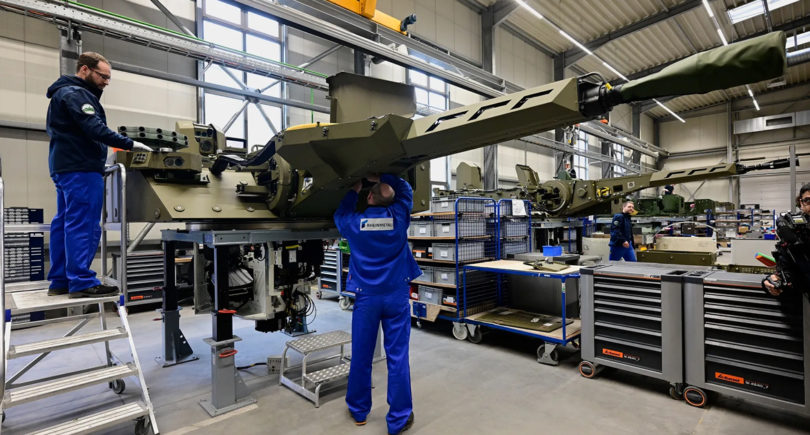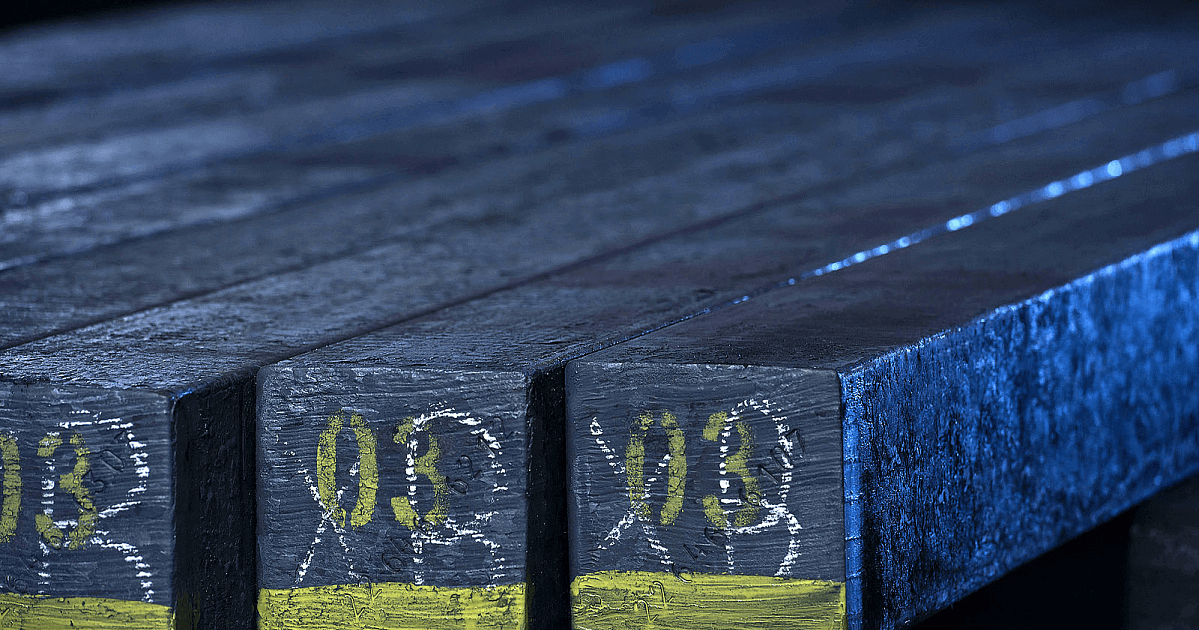
News Global Market CBAM 1105 28 May 2025
The industry association has proposed a list of tools to avoid loopholes
The European Steel Association (EUROFER) is calling for the elimination of loopholes in the cross-border carbon adjustment mechanism (CBAM). This is stated in a statement by the organization.
On May 27, EU ministers gave the green light to the Omnibus I simplification package after its previous approval by the European Parliament. This is another step towards optimizing CBAM for business. However, as the association notes, the most important part – the European Commission’s proposal on the main design elements, which will determine whether the carbon mechanism really works – is expected only later this year.
EUROFER points out that urgent action is needed to make the CBAM “watertight” as the risks of carbon leakage and job losses are increasing in EU production chains. Without it, sectors such as steel will not be able to move forward with decarbonization with confidence, jeopardizing both the bloc’s climate goals and Europe’s industrial sovereignty.
European steel producers are facing rising carbon costs under the EU ETS, while third-country competitors are exempt from any such costs. Cheap imports risk undermining efforts to shift to greener production.
The CBAM can be a game changer, but only if it is properly designed and loopholes are eliminated, EUROFER emphasized. Without correcting these shortcomings, the mechanism will not be able to protect the EU industry, and there is even a risk of accelerating decarbonization.
EUROFER proposes the following tools to address the gaps in the CBAM.
- Export leakage – keep the free allocation of export allowances to avoid carbon leakage on global markets.
- Resource shuffling – use only the default values based on the most carbon-intensive route during the transition period (e.g., until 2030).
- Downstream sectors – extend CBAM to metal-intensive downstream products with a simplified emissions calculation system for complex products.
- Default values – to fix them for stainless steel with the most representative grade.
- Indirect emissions – retain compensation for indirect costs of steelmaking and include indirect emissions for ferroalloys in the CBAM.
- Smelting and casting – the origin of CBAM goods should be determined where the steel was smelted and cast.
- Internal recycling procedure – remove it to avoid a serious environmental loophole.
- CBAM criteria – free allocation criteria for long products and stainless steel should reflect the most climate-friendly practices.
As GMK Center reported earlier, Eurometal is seriously concerned about the lack of clarity on the average carbon price in the EU ETS in 2026 and the fact that the benchmarks for calculating the CBAM have not yet been determined. The combination of these factors could create a significant and unpredictable cost burden for the European downstream industry.




